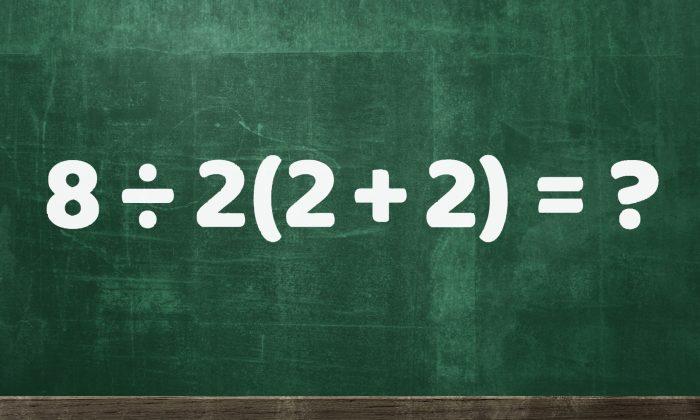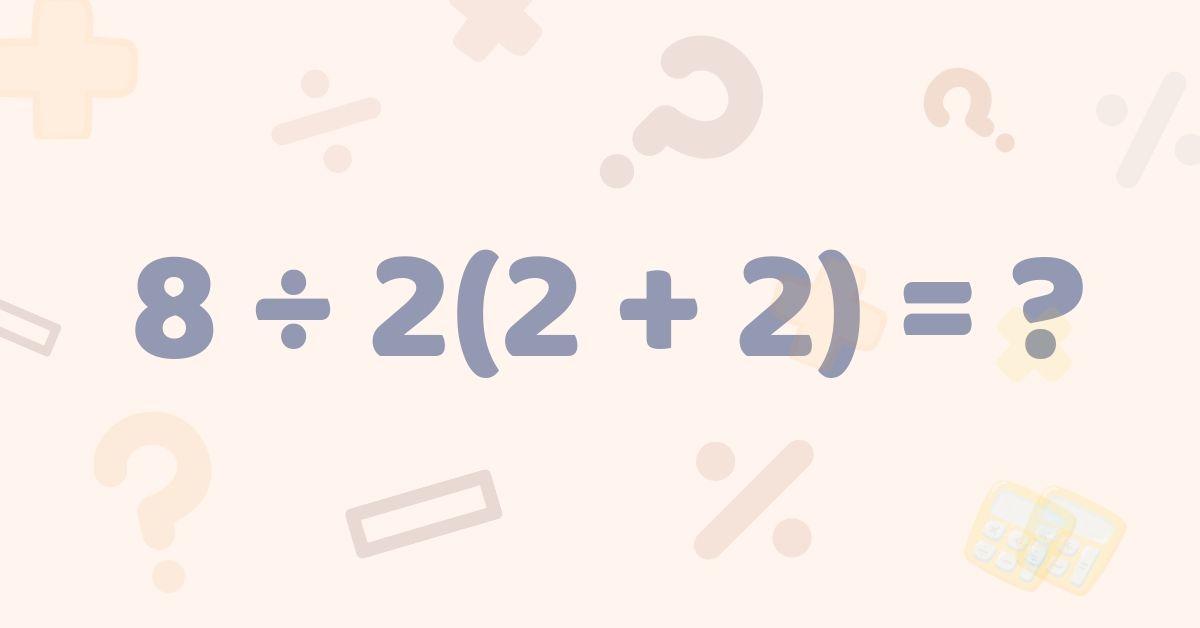Things can end up looking very different depending on the angle one looks at them from. Take any of the optical illusions that have been floating around for more than a century. Looked at from different vantage points, the image below can either look like a duck or a rabbit, for example.
However, while we are used to looking at images in various ways and finding more than one thing, we often think of numbers as much more concrete and less open to interpretation. After all, there aren’t two ways of looking at a simple equation like 2 + 2. The only answer can ever be 4.
Be that as it may, numbers can be tricky too as a viral math problem that has the internet in an uproar has shown.
On the surface, it doesn’t look like a difficult problem at all. We’re not dealing with any big numbers or functions from advanced calculus after all. Surprising as it may be, this problem has confused many internet users.
What could be that difficult about this problem? Well, it all has to do with Aunt Sally, not anyone’s actual aunt. It’s about what mathematicians call the “order of operations.”

So if we follow the guidelines set out by PEMDAS, we would work within the parentheses first (2+2) to get (4). Now we have 8 / 2(4). Going back to PEMDAS, we see that getting rid of the parentheses is the first order of business.
When the parentheses only have one number, that creates what experts refer to as “implied multiplication” or “multiplication by juxtaposition.” This means we can simply rewrite 2(4) as 2 x 4. So the next step is to multiply 2 times 4, giving us 8. The rest is 8 divided by 8 which equals 1. That’s simple.
But there’s a problem here. While many people did arrive at this answer, an equally large and vocal contingent arrived at a completely different answer based on the way they see the PEMDAS rules. Noting that multiplication doesn’t precede division, but rather that they are in the same category (like addition and subtraction), they argue that working from left to right is the most important thing.
So when we see 8 divided by 2 multiplied by 4, the first thing to do is divide. That gives us 4, which when multiplied by 4 gives us an answer of 16.

But who’s right here? Well, that’s a difficult question to answer, and when mathematics experts were called upon to step into the debate, they didn’t give the black-and-white response that people in the “16” and “1” camps wanted.
From Breen’s perspective, “according to strict order of operations, you’d get 16, but I wouldn’t hit someone on the wrist with a ruler if they said 1.”

It’s unlikely that this will end the debate anytime soon though.







